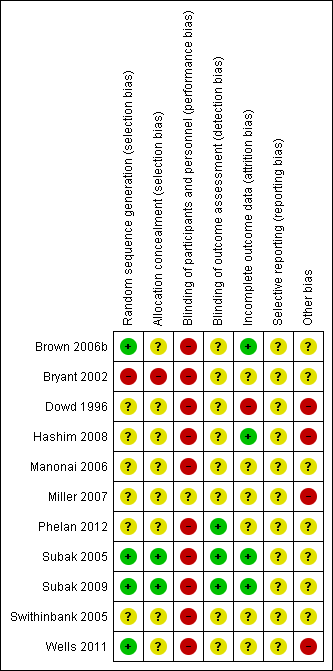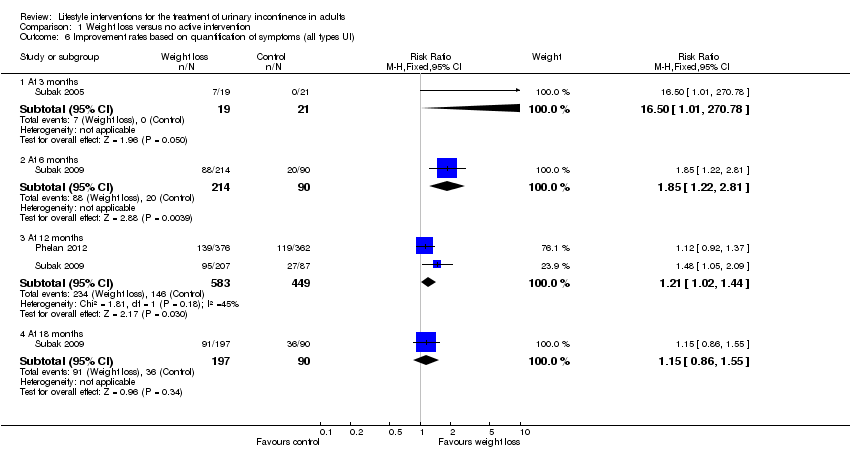Contenido relacionado
Revisiones y protocolos relacionados
Lois H Thomas, Jacqueline Coupe, Lucy D Cross, Aidan L Tan, Caroline L Watkins | 1 febrero 2019
Maureen Coggrave, Christine Norton, June D Cody | 13 enero 2014
Vivienne Kirchin, Tobias Page, Phil E Keegan, Kofi OM Atiemo, June D Cody, Samuel McClinton, Patricia Aluko | 25 julio 2017
Alex Todhunter-Brown, Christine Hazelton, Pauline Campbell, Andrew Elders, Suzanne Hagen, Doreen McClurg | 2 septiembre 2022
Chantale Dumoulin, Licia P Cacciari, E Jean C Hay‐Smith | 4 octubre 2018
Brian S Buckley, Caroline D Sanders, Loukia Spineli, Qiaoling Deng, Joey SW Kwong | 18 septiembre 2019
Joan Ostaszkiewicz, Tracey Chestney, Brenda Roe | 19 abril 2004
Dimitri Beeckman, Nele Van Damme, Lisette Schoonhoven, Aurélie Van Lancker, Jan Kottner, Hilde Beele, Mikel Gray, Sue Woodward, Mandy Fader, Karen Van den Bussche, Ann Van Hecke, Dorien De Meyer, Sofie Verhaeghe | 14 noviembre 2016
Reuben Olugbenga Ayeleke, E. Jean C Hay‐Smith, Muhammad Imran Omar | 3 noviembre 2015
Joan Ostaszkiewicz, Linda Johnston, Brenda Roe | 26 enero 2004
Respuestas clínicas Cochrane
Sera Tort, Jane Burch | 13 febrero 2020











